【Traditional Chinese Medicine App】Read classic TCM books online/offline >>>
The Twelve Meridians
The Twelve Meridians, a classification of meridians, refers to the twelve primary meridians and their collaterals. In the “Lingshu: Ben Shu”, it states: “In acupuncture, one must connect to the beginning and end of the twelve meridians.”
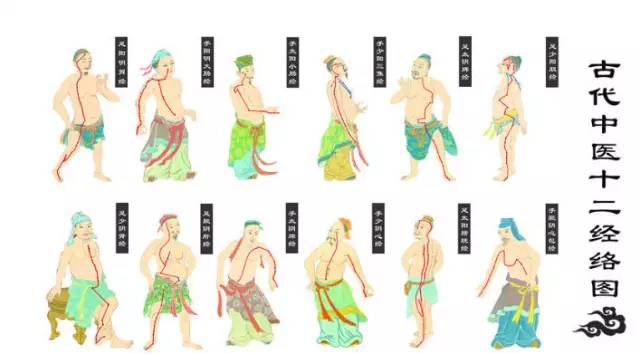
Distribution Patterns
The distribution pattern of the twelve meridians on the body surface: the twelve meridians are symmetrically distributed on the left and right sides of the head, trunk, and limbs, running throughout the body. The six Yin meridians are distributed on the inner sides of the limbs and the chest and abdomen, while the six Yang meridians are distributed on the outer sides of the limbs and the head, face, and trunk.
The distribution of the twelve meridians in the limbs is as follows: the three Yin meridians of the upper limbs are the Shou Tai Yin Fei Jing (Hand Tai Yin Lung Meridian) in front, Shou Jue Yin Xin Bao Jing (Hand Jue Yin Pericardium Meridian) in the middle, and Shou Shao Yin Xin Jing (Hand Shao Yin Heart Meridian) at the back; the three Yin meridians of the lower limbs are the Zu Tai Yin Pi Jing (Foot Tai Yin Spleen Meridian) in front, Zu Jue Yin Gan Jing (Foot Jue Yin Liver Meridian) in the middle, and Zu Shao Yin Shen Jing (Foot Shao Yin Kidney Meridian) at the back. The three Yang meridians of the upper limbs are the Shou Yang Ming Da Chang Jing (Hand Yang Ming Large Intestine Meridian) in front, Shou Shao Yang San Jiao Jing (Hand Shao Yang San Jiao Meridian) in the middle, and Shou Tai Yang Xiao Chang Jing (Hand Tai Yang Small Intestine Meridian) at the back; the three Yang meridians of the lower limbs are the Zu Yang Ming Wei Jing (Foot Yang Ming Stomach Meridian) in front, Zu Shao Yang Dan Jing (Foot Shao Yang Gallbladder Meridian) in the middle, and Zu Tai Yang Pang Guang Jing (Foot Tai Yang Bladder Meridian) at the back.
The distribution of the twelve meridians in the trunk is as follows: the Zu Shao Yin Shen Jing (Foot Shao Yin Kidney Meridian) is located 2 inches from the midline of the chest, and 0.5 inches from the midline of the abdomen; the Zu Tai Yin Pi Jing (Foot Tai Yin Spleen Meridian) runs 6 inches from the midline of the chest and 4 inches from the midline of the abdomen; the Zu Jue Yin Gan Jing (Foot Jue Yin Liver Meridian) has a less defined path. The Zu Yang Ming Wei Jing (Foot Yang Ming Stomach Meridian) is located 4 inches from the midline of the chest and 2 inches from the midline of the abdomen; the Zu Tai Yang Pang Guang Jing (Foot Tai Yang Bladder Meridian) runs along the back, located 1.5 inches and 3 inches from the midline of the back; the Zu Shao Yang Dan Jing (Foot Shao Yang Gallbladder Meridian) is distributed on the sides of the body.
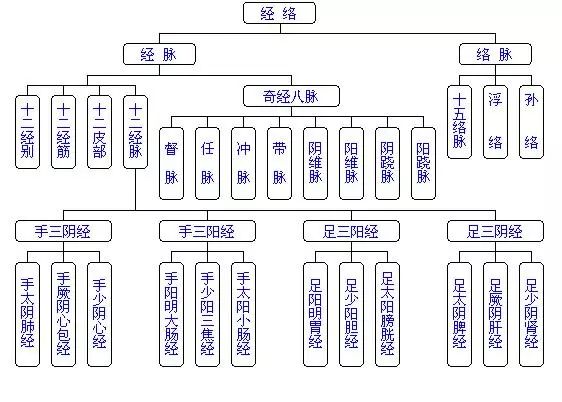
Pathways of Circulation
The pathways of the twelve meridians: the three Yin meridians of the hand run from the chest to the hand, the three Yang meridians of the hand run from the hand to the head, the three Yang meridians of the foot run from the head to the foot, and the three Yin meridians of the foot run from the foot to the abdomen (chest).
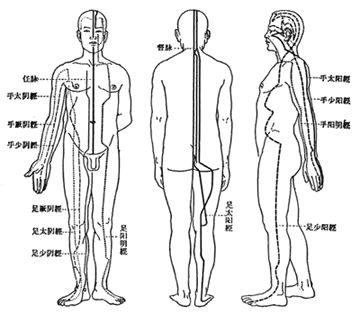
1. The Shou Tai Yin Fei Jing (Hand Tai Yin Lung Meridian) originates in the middle jiao, connects to the large intestine, runs to the stomach, ascends to the lung, exits under the armpit, descends along the inner arm, passes the heart, descends through the elbow, runs along the inner forearm, enters the wrist, follows the thenar, exits at the tip of the thumb; its branch runs from the back of the wrist straight to the inner side of the index finger, exiting at its tip.
2. The Shou Yang Ming Da Chang Jing (Hand Yang Ming Large Intestine Meridian) originates at the tip of the index finger, runs along the outer side of the finger, exits between the two bones of the He Gu (LI4), ascends between the two tendons, runs along the outer side of the arm, enters the outer elbow, ascends along the outer side of the shoulder, exits in front of the clavicle, enters the chest, connects to the lung, and descends to the large intestine; its branch runs from the chest up to the neck, crosses the cheek, enters the lower teeth, exits at the corner of the mouth, crosses the philtrum, and runs to the left and right sides of the nose.
3. The Zu Yang Ming Wei Jing (Foot Yang Ming Stomach Meridian) originates at the intersection of the nose, runs down the outer side of the nose, enters the upper teeth, exits at the mouth, encircles the lips, descends to the Cheng Jiang (Ren24), runs down the jaw, exits at the Da Ying (ST5), runs up the cheek, passes in front of the ear, crosses the hairline, reaches the forehead; its branch runs from the Da Ying (ST5) down to the Ren Ying (ST9), runs along the throat, enters the chest, connects to the stomach and spleen; its direct branch runs from the chest down to the abdomen, enters the Qi Jie (ST21), and descends to the pubic area, reaching the knee, running down the outer side of the leg, entering the middle toe; its branch runs down three inches, enters the outer side of the middle finger, and exits at its tip.
4. The Zu Tai Yin Pi Jing (Foot Tai Yin Spleen Meridian) originates at the tip of the big toe, runs along the inner side of the toe, passes behind the navicular bone, ascends in front of the inner ankle, runs along the inner side of the tibia, crosses in front of the knee, enters the abdomen, connects to the spleen and stomach, ascends to the diaphragm, runs along the throat, connects to the root of the tongue, disperses under the tongue; its branch runs from the stomach up to the diaphragm, enters the heart.
5. The Shou Shao Yin Xin Jing (Hand Shao Yin Heart Meridian) originates in the heart, exits to connect with the small intestine; its branch runs from the heart up to the throat, connects to the eye; its direct branch runs from the heart up to the lung, descends under the armpit, runs along the inner side of the arm, passes behind the elbow, descends through the inner forearm, reaches the tip of the little finger.
6. The Shou Tai Yang Xiao Chang Jing (Hand Tai Yang Small Intestine Meridian) originates at the tip of the little finger, runs along the outer side of the wrist, exits at the middle of the wrist. It ascends along the outer side of the arm, exits between the two bones of the elbow, runs along the back of the upper arm, exits at the shoulder, encircles the shoulder blade, enters the chest, connects to the heart, runs down the throat, reaches the stomach, connects to the small intestine; its branch runs from the chest up to the neck, crosses the cheek, reaches the eye, enters the ear; its branch runs from the cheek up to the nose, reaches the inner corner of the eye, and runs diagonally to the cheek.
7. The Zu Tai Yang Pang Guang Jing (Foot Tai Yang Bladder Meridian) originates at the inner corner of the eye, runs up the forehead, crosses the crown; its branch runs from the crown to the upper corner of the ear; its direct branch runs from the crown into the brain, exits at the back of the neck, runs along the inner side of the shoulder, reaches the waist, enters the spine, connects to the kidney and bladder; its branch runs from the waist down along the spine, enters the buttocks; its branch runs from the shoulder down to the left and right sides, crosses the hip joint, runs along the outer side of the leg, exits at the outer ankle, runs along the outer side of the foot, reaches the little toe.
8. The Zu Shao Yin Shen Jing (Foot Shao Yin Kidney Meridian) originates below the little toe, runs diagonally to the sole of the foot, exits below the Ren Gu (KD1). It runs behind the inner ankle, enters the heel, ascends along the inner side of the tibia, reaches the back of the knee, connects to the spine, connects to the kidney and bladder; its direct branch runs from the kidney up to the liver, enters the lung, runs down the throat, reaches the root of the tongue; its branch runs from the lung to the heart, enters the chest.
9. The Shou Jue Yin Xin Bao Jing (Hand Jue Yin Pericardium Meridian) originates in the chest, exits to connect with the San Jiao; its branch runs from the chest along the side, descends three inches below the armpit, reaches the elbow, runs along the inner side of the arm, enters the palm, runs along the middle finger, exits at its tip; its branch runs from the palm, runs along the outer side of the little finger, exits at its tip.
10. The Shou Shao Yang San Jiao Jing (Hand Shao Yang San Jiao Meridian) originates at the tip of the little finger, ascends between the two fingers, runs along the outer side of the wrist, exits between the two bones of the arm, ascends through the elbow, runs along the outer side of the shoulder, enters the chest, connects to the middle jiao, disperses in the chest, connects to the San Jiao; its branch runs from the chest up to the neck, connects to the ear, runs down to the cheek, reaches the eye.
11. The Zu Shao Yang Dan Jing (Foot Shao Yang Gallbladder Meridian) originates at the outer corner of the eye, ascends to the head, runs behind the ear, runs along the neck, runs in front of the hand, reaches the shoulder, connects to the San Jiao; its branch runs from the ear to the ear, exits in front of the ear, reaches the outer corner of the eye; its branch runs from the outer corner of the eye down to the Da Ying (ST5), connects to the hand, reaches the cheek, runs down the neck, connects to the chest, enters the diaphragm, connects to the liver, runs along the side, exits at the Qi Jie (ST21), runs along the hairline, enters the hip joint; its direct branch runs from the chest down to the armpit, runs along the chest, crosses the ribs, enters the hip joint, runs down the outer side of the leg, exits at the outer ankle, runs along the foot, enters the space between the little toe and the second toe; its branch runs down three inches, enters the space between the big toe and the second toe, runs along the big toe, exits at its tip, and connects to the nail.
12. The Zu Jue Yin Gan Jing (Foot Jue Yin Liver Meridian) originates at the junction of the big toe, runs along the outer side of the foot, ascends one inch from the inner ankle, reaches the knee, runs along the inner thigh, passes the genitals, reaches the lower abdomen, connects to the stomach, connects to the liver, ascends to the diaphragm, disperses along the ribs, runs down the throat, enters the brain, connects to the eye, exits at the forehead, meets the Du Mai at the crown; its branch runs from the eye down to the cheek, encircles the lips; its branch runs from the liver up to the diaphragm, enters the lung.
Exterior-Interior Relationships
The three Yin and three Yang meridians of the hands and feet communicate through the collaterals, forming six pairs with an “exterior-interior” relationship, meaning that “the Foot Tai Yang and Shao Yin are exterior-interior, the Shao Yang and Jue Yin are exterior-interior, the Yang Ming and Tai Yin are exterior-interior, representing the Yin and Yang of the foot. The Hand Tai Yang and Shao Yin are exterior-interior, the Shao Yang and Heart (Hand Jue Yin Pericardium Meridian) are exterior-interior, the Yang Ming and Tai Yin are exterior-interior, representing the Yin and Yang of the hand.”
The two meridians that are exterior-interior run along the opposite sides of the limbs and connect at the ends; they also connect to the corresponding organs, thus forming the exterior-interior relationship of the organs. The exterior-interior relationship of the twelve meridians is strengthened not only by the connection of the two meridians but also by their belonging to the same organ, allowing for physiological cooperation and pathological influence between the paired organs. In treatment, the acupoints of the paired meridians often intersect.

Belonging and Collateral Relationships
The twelve meridians belong to the twelve organs. The twelve organs refer to the five zang and six fu, plus the pericardium, which is also considered an organ. Each meridian is named after its corresponding organ, such as the Lung Meridian, Stomach Meridian, Large Intestine Meridian, etc. Additionally, the twelve meridians are classified based on the Yin-Yang properties of their corresponding organs and their distribution on the body surface, determining the Yin-Yang properties of the meridians themselves. The organs are Yin, and the inner sides of the limbs are Yin; thus, the meridians belonging to the organs are distributed on the inner sides of the limbs, hence called Yin meridians; the meridians belonging to the fu are distributed on the outer sides of the limbs, hence called Yang meridians. The Yin meridians include the Tai Yin, Shao Yin, and Jue Yin, while the Yang meridians include the Tai Yang, Shao Yang, and Yang Ming. Furthermore, the distribution of the meridians on the body surface varies between the upper and lower limbs, with those in the upper limbs referred to as hand meridians and those in the lower limbs referred to as foot meridians.
The twelve meridians connect to the organs within the body, with the Yin meridians belonging to the zang and the Yang meridians belonging to the fu, forming a relationship of Yin-Yang exterior-interior belonging. For example, the Shou Tai Yin Fei Jing (Hand Tai Yin Lung Meridian) and Shou Yang Ming Da Chang Jing (Hand Yang Ming Large Intestine Meridian) are exterior-interior, the Shou Jue Yin Xin Bao Jing (Hand Jue Yin Pericardium Meridian) and Shou Shao Yang San Jiao Jing (Hand Shao Yang San Jiao Meridian) are exterior-interior, the Shou Shao Yin Xin Jing (Hand Shao Yin Heart Meridian) and Shou Tai Yang Xiao Chang Jing (Hand Tai Yang Small Intestine Meridian) are exterior-interior, the Zu Tai Yin Pi Jing (Foot Tai Yin Spleen Meridian) and Zu Yang Ming Wei Jing (Foot Yang Ming Stomach Meridian) are exterior-interior, the Zu Jue Yin Gan Jing (Foot Jue Yin Liver Meridian) and Zu Shao Yang Dan Jing (Foot Shao Yang Gallbladder Meridian) are exterior-interior, the Zu Shao Yin Shen Jing (Foot Shao Yin Kidney Meridian) and Zu Tai Yang Pang Guang Jing (Foot Tai Yang Bladder Meridian) are exterior-interior. The meridians that are exterior-interior are closely related physiologically and can influence each other pathologically, and in treatment, they can be used in conjunction.
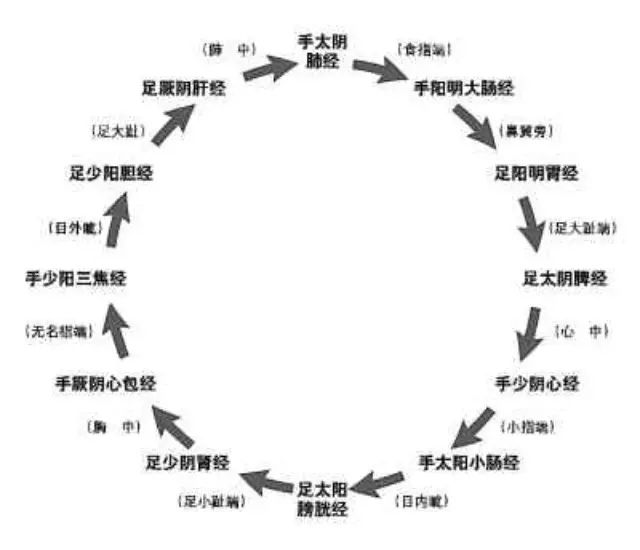
Order of Flow in the Twelve Meridians
The twelve meridians are the main channels for the circulation of Qi and blood; they connect end to end, allowing the flow of Qi and blood to follow the meridians in sequence. Since all Qi and blood are transformed from the essence of food and water by the spleen and stomach, the flow of Qi and blood in the twelve meridians begins with the Shou Tai Yin Fei Jing (Hand Tai Yin Lung Meridian) in the middle jiao, sequentially flowing through each meridian, ultimately returning to the Zu Jue Yin Gan Jing (Foot Jue Yin Liver Meridian), and then back to the Shou Tai Yin Fei Jing, thus forming a continuous loop.
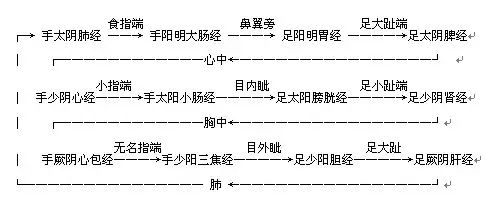
The above order of flow in the twelve meridians is the main rule of the large circulation of Qi and blood in the twelve meridians. In addition to flowing through the twelve meridians, Qi and blood also circulate through various pathways and methods. For example, the Ying Qi flows along the meridians according to the order of the twelve meridians, while the Wei Qi circulates externally, moving during the day in Yang and at night in Yin, circulating around the body; the Qi and blood in the collaterals focus on the internal circulation of the exterior-interior meridians; the Qi and blood in the Luo vessels focus on the diffusion on the body surface; the extraordinary meridians regulate the flow of Qi and blood through a storage and overflow method. These systems have distinctions in size and importance, yet they are closely related, forming a complete system of Qi and blood circulation centered around the twelve meridians.
Order of Flow: Starting from the Shou Tai Yin Fei Jing (Hand Tai Yin Lung Meridian), sequentially passing through the Shou Yang Ming Da Chang Jing (Hand Yang Ming Large Intestine Meridian), Zu Yang Ming Wei Jing (Foot Yang Ming Stomach Meridian), Zu Tai Yin Pi Jing (Foot Tai Yin Spleen Meridian), Shou Shao Yin Xin Jing (Hand Shao Yin Heart Meridian), Shou Tai Yang Xiao Chang Jing (Hand Tai Yang Small Intestine Meridian), Zu Tai Yang Pang Guang Jing (Foot Tai Yang Bladder Meridian), Zu Shao Yin Shen Jing (Foot Shao Yin Kidney Meridian), Shou Jue Yin Xin Bao Jing (Hand Jue Yin Pericardium Meridian), Shou Shao Yang San Jiao Jing (Hand Shao Yang San Jiao Meridian), Zu Shao Yang Dan Jing (Foot Shao Yang Gallbladder Meridian), Zu Jue Yin Gan Jing (Foot Jue Yin Liver Meridian), and then returning to the Shou Tai Yin Fei Jing (Hand Tai Yin Lung Meridian).
The pathways and connection patterns are: the three Yin meridians of the hand run from the chest to the hand, connecting at the tips of the fingers; the three Yang meridians of the hand run from the hand to the head, connecting at the face; the three Yang meridians of the foot run from the head to the foot, connecting at the tips of the toes; the three Yin meridians of the foot run from the foot to the abdomen, connecting at the chest and abdomen.
Mnemonic Verse
The Lung Meridian connects to the index finger and meets the Large Intestine, intersects with the Stomach at the side of the nose.
It connects to the Spleen at the tip of the big toe, then runs to the heart, located above the heart.
The Small Intestine is connected to the little finger, the Bladder to the little toe, and the Kidney Meridian to the chest and pericardium.
The San Jiao connects to the outer corner of the eye, the Gallbladder to the big toe, and returns to the Lung.
《The TCM Stories of Grandfather and Grandson》>>>
The Shou Jue Yin Xin Bao Jing (Hand Jue Yin Pericardium Meridian): Tian Chi Tian Quan Qu Ze Xie Men Jian Shi
The Shou Shao Yang San Jiao Jing: Guan Chong Ye Men Zhong Zhu Yang Chi Wai Guan Zhi Gu Hui Zong San Yang Luo Si Du Tian Jing Qing Leng Yuan Xiao Luo Nao Hui Jian Liao Tian Liao Tian You Yi Feng Zhi Mai Lu Xi Jiao Sun Er Men Er He Liao Si Zhu Kong
The Zu Shao Yang Dan Jing: Tong Zi Liao Ting Hui Shang Guan Han Yan Xuan Liao Xuan Li Qu Bin Shu Gu Tian Chong Fu Bai Tou Qiao Yin Wan Gu Ben Shen Yang Bai Tou Lin Qi Mu Chuang Zheng Ying Cheng Ling Nao Kong Feng Chi Jian Jing Yuan Ye Zhi Jin Yang Ling Quan Yang Jiao Wai Qiu Guang Ming Yang Fu Xuan Zhong Qiu Xu Zu Lin Qi Di Wu Hui Xia Xi Zu Qiao Yin
The Zu Jue Yin Gan Jing: Da Dun Xing Jian Tai Chong Zhong Feng Li Gou Zhong Du Xi Guan Qu Quan Yin Bao Zu Wu Li Yin Lian Ji Mai Zhang Men Qi Men
Ren Mai: Hui Yin Qu Gu Zhong Ji Guan Yuan Shi Men Qi Hai Yin Jiao Shen Que Shui Fen Xia Wan Jian Li Zhong Wan Shang Wan Ju Que Jiu Wei Zhong Ting Dan Zhong Yu Tang Zi Gong Hua Gai Xuan Ji Tian Tu Lian Quan Cheng Jiang
Du Mai: Chang Qiang Yao Shu Yao Yang Guan Ming Men Xuan Shu Ji Zhong Zhong Shu Jin Suo Zhi Yang Ling Tai Shen Dao Shen Zhu Tao Dao Da Zhui Ya Men Feng Fu Nao Hu Qiang Jian Hou Ding Bai Hui Qian Ding Xin Hui Suo Hui Shang Xing Shen Ting Suo Liao Shui Gou Dui Duan Yin Jiao
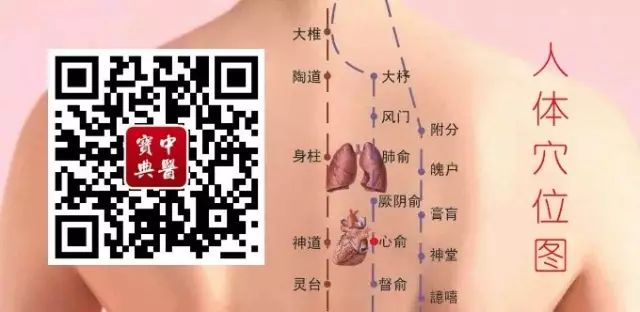
Extraordinary Meridians:Ren Mai Du Mai Chong Mai Dai Mai Yang Wei Mai Yin Wei Mai Yang Qiao Mai Yin Qiao Mai
Twelve Meridians:Small Intestine Meridian Large Intestine Meridian San Jiao Meridian Bladder Meridian Pericardium Meridian Lung Meridian Heart Meridian Stomach Meridian Gallbladder Meridian Spleen Meridian Kidney Meridian Liver Meridian
Meridian Theory [Article Directory]
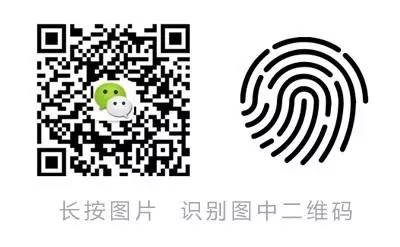
Traditional Chinese Medicine WeChat ID: zhongyidaxue


